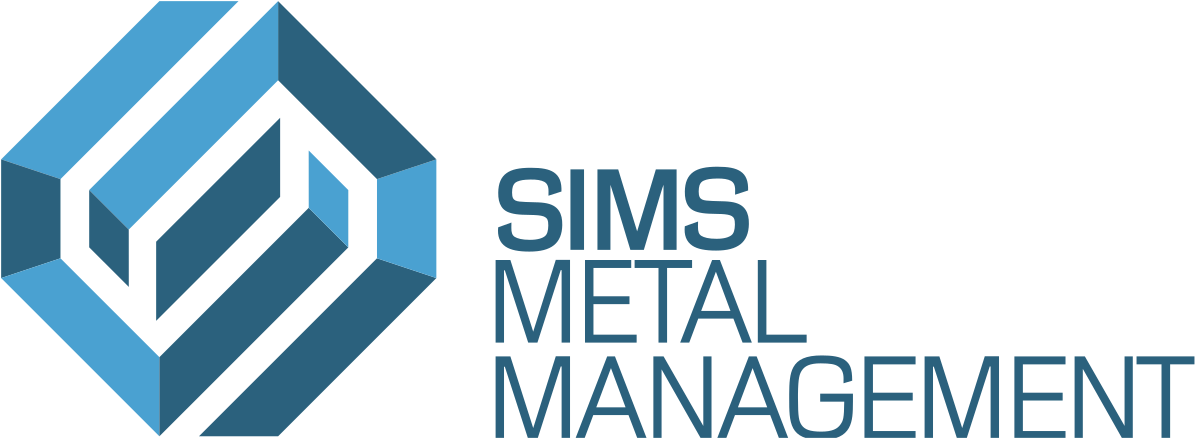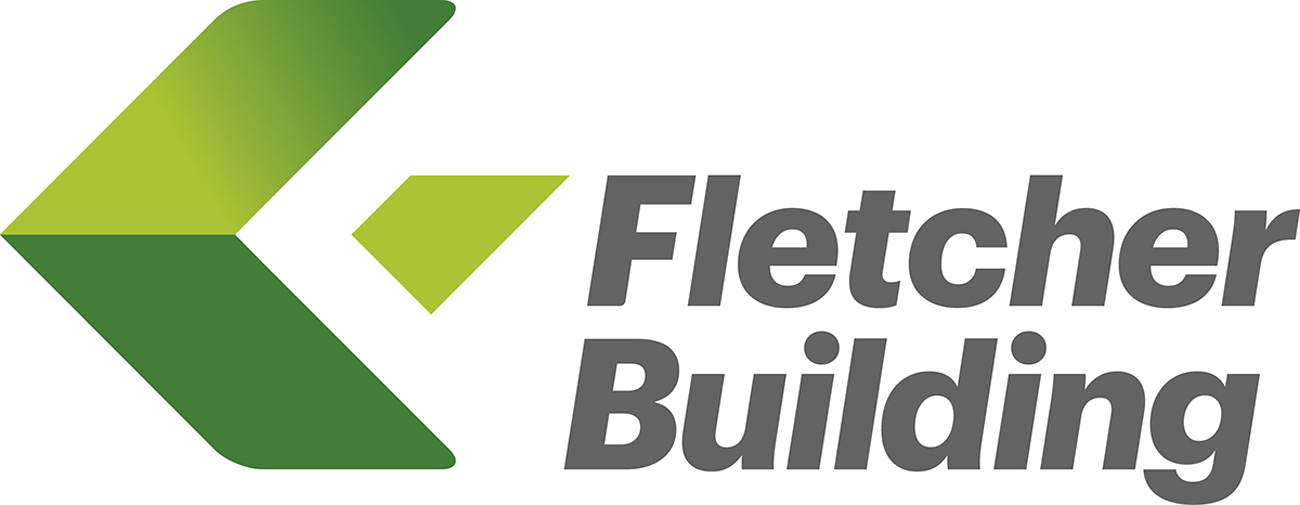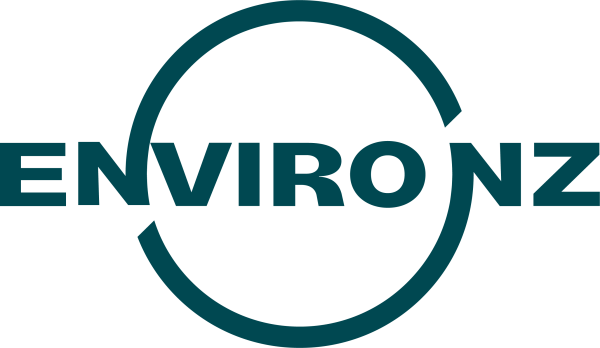The amount of waste New Zealanders are sending to landfill is increasing. In the last decade, disposal in municipal landfills has increased by 48% (Ministry for the Environment). In Auckland alone, 1.6 million tonnes of waste is sent to landfill - more than 1 tonne per person (Auckland Council).
Only a small fraction of New Zealand's waste is reused or recycled because
- It has become much more difficult to send waste overseas for recycling with recent restrictions on importing waste for recycling, and dramatic price falls for materials for recycling in international markets; this has particularly affected recycling of plastics, paper, and card
- There is limited infrastructure in New Zealand for recycling and reusing waste
- Many products are not designed to be reused or recycled
- It is often much cheaper and easier to dispose of materials to landfill than to reuse them
One of the tools that local councils and central governments are using to combat this is waste levies.
What are waste levies?
To help New Zealand take responsibility for the waste they produce, tools like waste levies are being implemented.There are 2 main aims of creating waste levies: to raise revenue for initiatives that aim to reduce and encourage resource recovery, and recognize that waste disposal imposes costs on the environment, society, and the economy (MFE).
Over a duration of 4 years, the levy will be progressively increased to allow for behavioural change and system implementation.
There are 4 types of landfill that the central government has levies for or is adding waste levies to. These are municipal waste (current), construction and demolition waste (current), managed fill, and controlled fill. By July 1st 2024, the waste levy for municipal waste will be $60 per tonne, construction and demolition waste $30 per tonne, managed fill $10 per tonne and controlled fill $10 per tonne.(Waste Management).
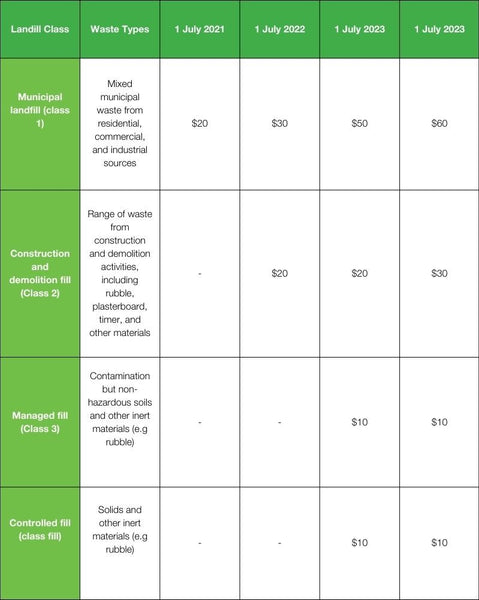
How waste levies are distributed in New Zealand
Revenue raised from the levy is to be spent on waste minimisation activities. The process of how it needs to be spent:
- Firstly, any refunds are paid to operations of levied facilities. This happens when a levy payment has been waived
- Next, half of the remaining money is allocated to territorial authorities e.g local councils) on a population basis. This revenue needs to be spent on achieving waste minimisation (or promoting it) as set out in their waste management and minimisation plans
- Next, all administration costs are paid. Administration activities include the cost of collecting the levy and distributing funds to territorial authorities or through the Waste Minimisation Fund
- Any remaining levy revenue is allocated to waste minimisation projects, generally through the WMF.
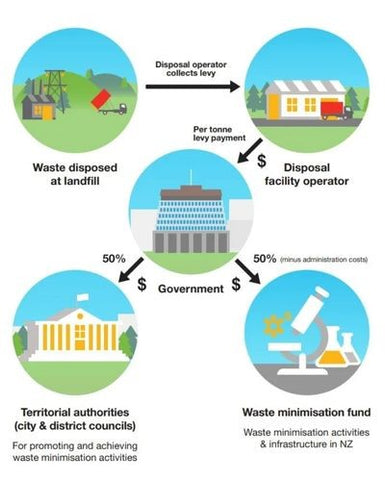
THE WASTE MINIMISATION FUND
This fund is used to build recycling infrastructure across New Zealand. A long-term plan for managing the country’s waste and how the increased revenue will be spent is being strategized by the Government (EnviroWaste). Likely, this will include large scale investments in recycling and other alternatives to landfill combined with smaller-scale initiatives for innovative approaches and increasing public awareness.
Envirocon’s Role in Waste Levies; Using Product Stewardship
Envirocon is the concrete industry’s answer to eliminating waste. In 2015 we created the Envirocon Product Stewardship Scheme with New Zealand’s leading concrete suppliers. Accredited by the Minister for the Environment under the Waste Minimisation Act 2008, wet excess certified concrete is upcycled - eliminating a waste stream and reducing associate cost.
The future of waste levies in New Zealand
As of June 2022, revenues raised from the landfill levy is about $36million per annum - and it has to be spent on waste minimisation. Increases in the waste levy is projected to reach between $220 and $247 million by 2023 (Ministry for the Environment). This gives more revenue for waste management and waste minimisation activity.
For New Zealand to have a low-waste future, there is a high demand to develop large-scale resource recovery infrastructure. Rather than exporting our waste overseas, we need to deal with it ourselves. Some of these actions (that use revenue from the waste levies) may include:
- Increased on-shore processing and manufacturing capacity for materials like plastics, paper, and glass
- Greater investment in improving the quality of our recycling commodities(this includes enhancing systems for collecting and sorting materials)
- More extensive networks of resource recovery centers, including construction and demolition materials
Envirocon’s Interbloc range helps achieve waste minimization goals
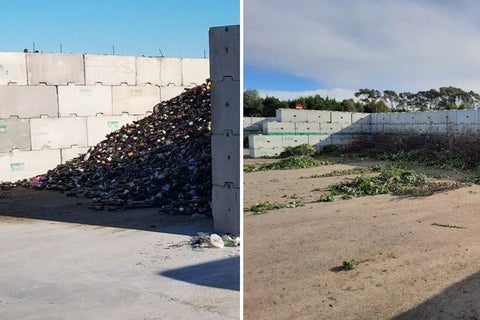
Interbloc’s refuse and recycling bins can help New Zealand get closer to achieving these actions. By choosing Interbloc for resource recovery centers, a host of benefits are obtained:
LOW CARBON, ZERO WASTE
Every year about 300,000 tonnes (or seven sky towers) of high quality, certified concrete ends up as waste. Interbloc helps to change that with its CarbonSmart system, closing the loop on concrete waste for good.
Because Interbloc is made for wet, certified excess concrete it’s low carbon, zero waste. Backed by an EPD, Interbloc supports the goals of reducing waste as well as other acts like the Waste Minimisation Act 2008, Zero Carbon Act, and the Paris Climate Agreement.
By using Interbloc for your refuse and recycling bins, you are helping New Zealand reduce was in 2 ways:
- The wet certified excess concrete is used to create Interbloc, diverting from landfill (and avoiding a waste stream)
- The blocks are used to create the infrastructure to manage New Zealand’s waste
MADE FOR DECONSTRUCTION
Interbloc is a modular precast construction system, meaning blocks can be easily stacked and unstacked. This makes the Interbloc system, one that’s purpose-built for deconstruction. Thanks to the interlocking shear key in every block, blocks can be sold back to us via the buyback guarantee after you’ve finished with them.
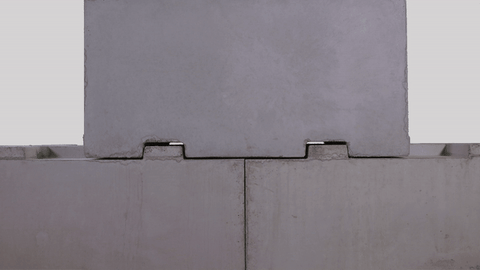
Combining the low-carbon elements of Interbloc along with its ability to deconstruct, a circular economy is created.
The modularity of Interbloc means that it can grow or shrink to New Zealand’s waste needs. It can be used initially to sort and store waste, but if there is a reduction in waste and a lack of need for bins, you can non-destructively dismantle the blocks and stop more waste from entering New Zealand’s landfills.
CODE COMPLIANT
Interbloc is backed by comprehensive, code-compliant, structural design methodologies. If needed, PS1s can also be issued.
To fit different engineering and council requirements, there are many configurations and solutions available with Interbloc. The modular system can be vertically reinforced to form a cantilever wall which increases the loads the walls can take.
By using Interbloc for waste management & minimisation structures, you’ll have a strong and safe solution that will stand for years to come.
HIGH PRODUCTIVITY
New Zealand needs to act fast to effectively reduce waste; Interbloc can help.
From the start, Interbloc has been designed to be a high productivity precast modular wall system. This means you can install more walls with less effort compared to other systems. Achieving the productivity of 160m2 of wall per day (with 2 people), is all done with the interlocking shear key.
Choose Interbloc to help New Zealand become more sustainable
New Zealand needs a waste management and minimsation solution that is adaptable, sustainable, and strong. Interbloc offers this and more.
Reach out to us today for a quote.




